
Photographs from the anatomical collection of
Muséum National d'Histoire Naturelle, Paléontologie et Anatomie Comparée
Jardin des Plantes, Paris
February 2008
Hungry Ghosts No. 2
One of my absolute favorite places in all of Paris is the Galerie de Paléontologie et d'Anatomie comparée of the Muséum National d'Histoire Naturelle (MNHN). Located in the Jardin des Plantes in the 5th arrondissement, the gallery is an architectural treasure that inside feels like an enormous art nouveau train station full of beautifully mounted animal skeletons ranging from enormous whales to tiny rodents. One is met in the lobby by a marble sculpture of a female orang-utan strangling a man, which sets the tone. Stepping into the gallery on the ground floor, illuminated with natural light from enormous windows, one next encounters a life-size écorché sculpture of a flayed man displaying the musculature of the human form, standing before hundreds of ranked animal skeletons . This highlights the purpose of the collection, which is the study of comparative anatomy. Here, nearly 1,000 skeletons — collected during the 18th and 19th centuries by French naturalists or acquired from the Ménagerie du Jardin des plantes, founded in 1794 with animals from the abandoned royal zoo at Versailles — are displayed and organized according to the classifications of vertebrates. On the two upper floors of the gallery are displayed the paleontology collections, featuring a wide array of fossilized animals and plants as well as the mounted skeletons of dinosaurs and prehistoric mammals such as mammoths and the giant Irish elk (megaloceros giganteus).
The Muséum National D'Histoire Naturelle was formally founded during the French Revolution in 1792, but can trace its beginnings to the Cabinet d’Histoire naturelle of 1729 and the Jardin Royal des Plantes médicinales established under Louis XIII (1601-1643) in 1626. A gallery of comparative anatomy was founded in 1802 by naturalist Georges Cuvier (1769-1832), but it was running out of room by the 1880s. Another gallery devoted to anthropology was created by biologist Jean Louis Armand de Quatrefages (1810-1892) in 1855. The idea to create a combined gallery devoted to paleontology, comparative anatomy, and anthropology came about following the creation of the Galerie de Zoologie, featuring mainly taxidermy, in 1889 (closed in 1965). Further bolstering the project was the desire to have a new home for these collections to mark the centennial of the museum itself and the Exposition Universelle de Paris of 1900. In 1892, the museum hired architect Charles Louis Ferdinand Dutert (1845-1906) to design and create the plans for the new gallery building. The cornerstone was laid in 1893, and the new metal and stone gallery of 27,000 square feet (2,550 square meters) opened in July 1898.
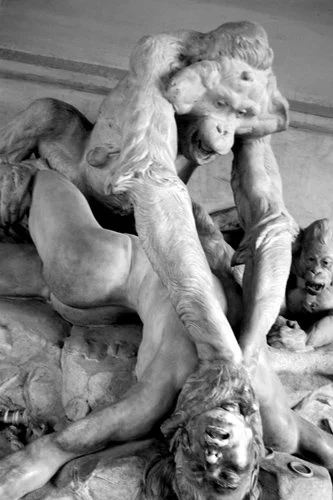
Orang-utan: 1 Hunter: 0
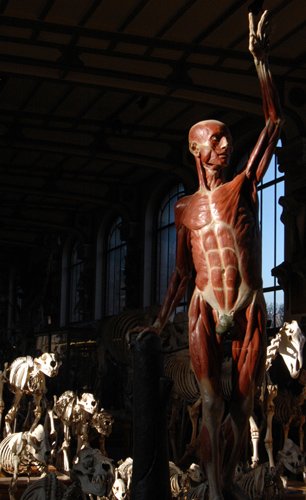
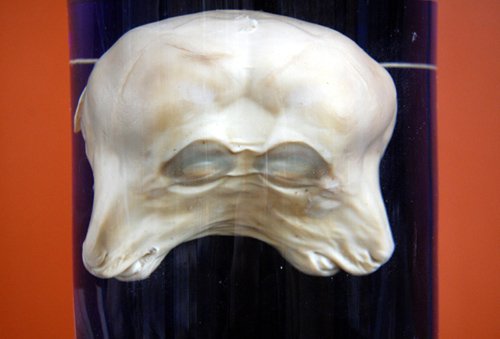
Two-headed lamb
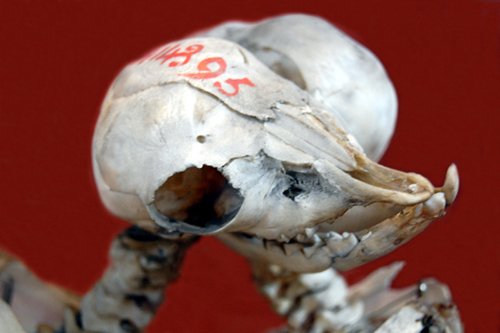
Conjoined calf
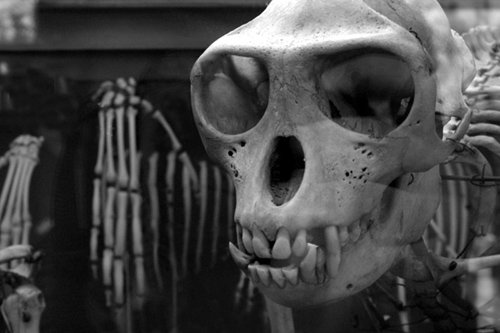
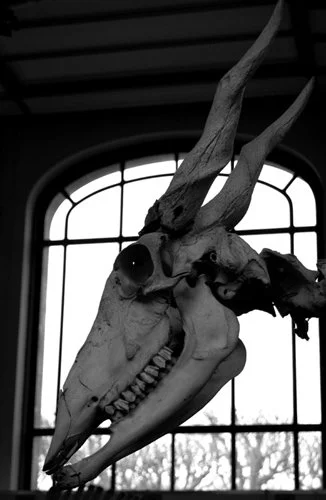
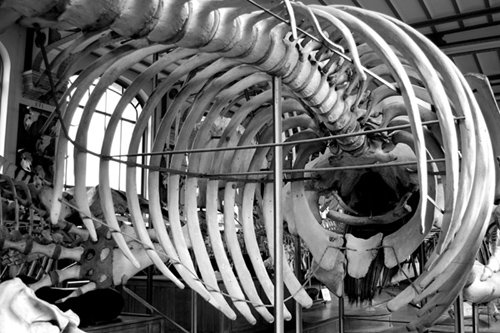
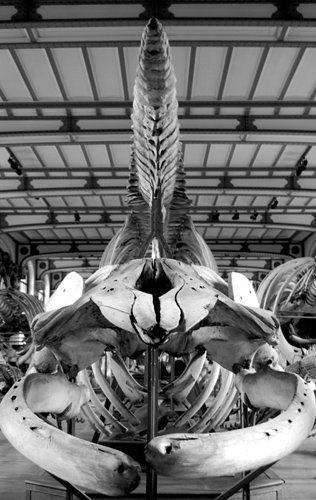
Fore and Aft
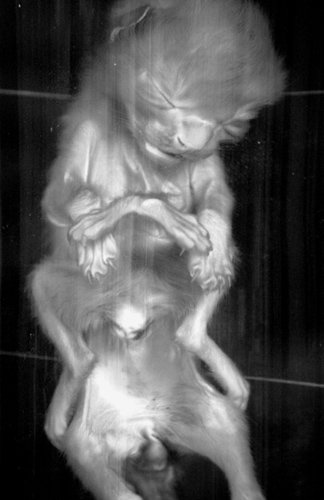
Conjoined kitten
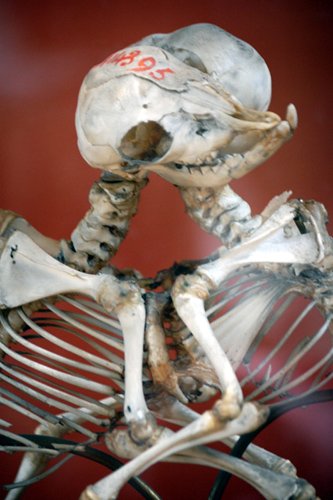
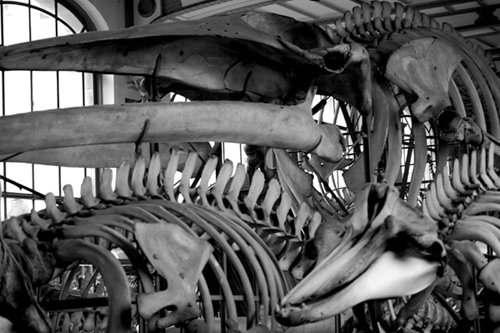
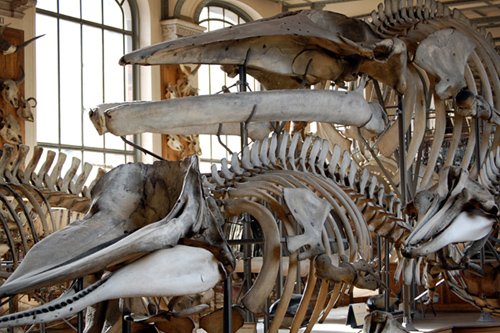
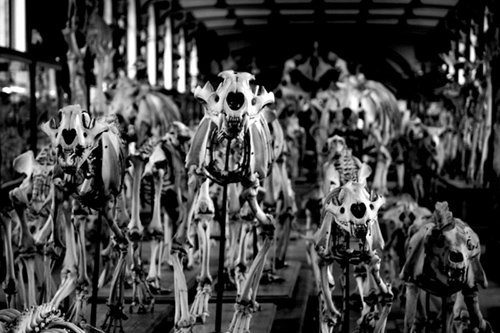
Hungry Ghosts No. 1
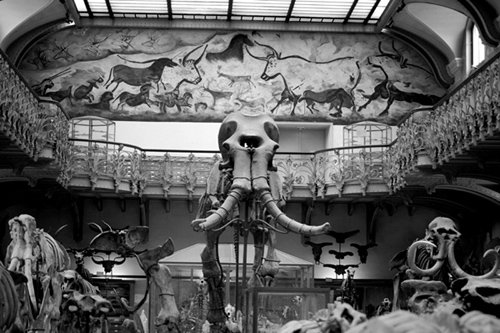
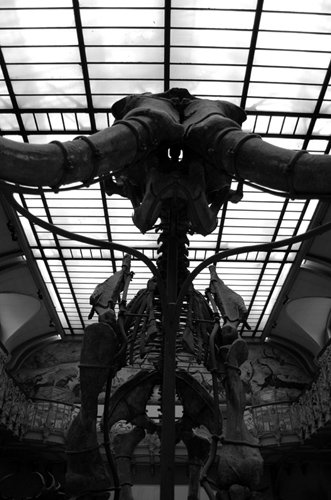
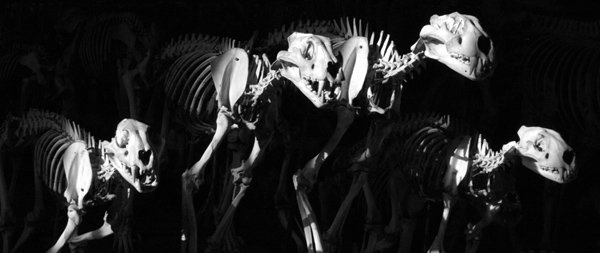
Hungry Ghosts No. 3
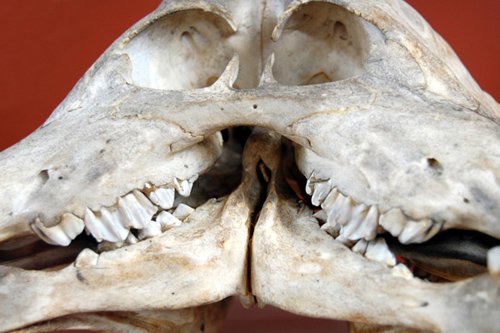
Two-headed calf skull
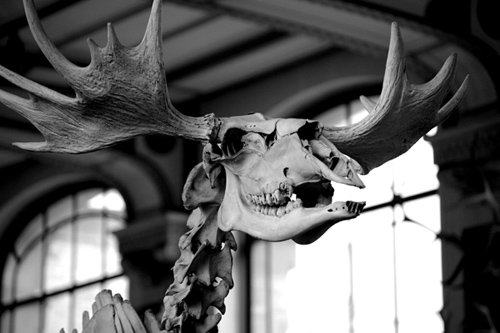
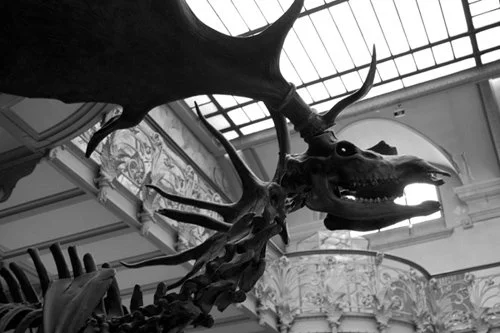
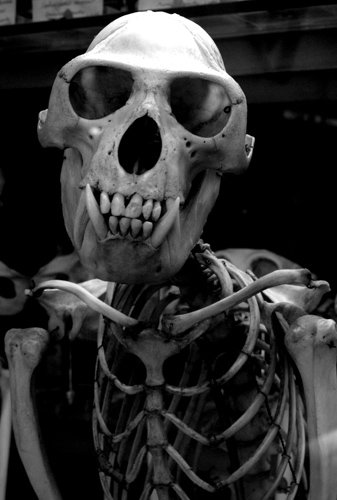
Hungry Ghost No. 4
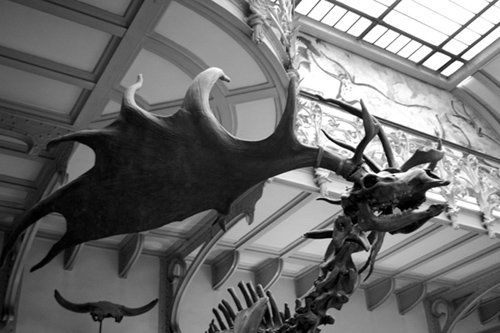
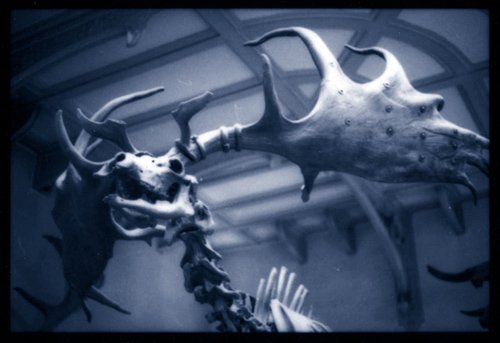
Megaloceros Giganteus
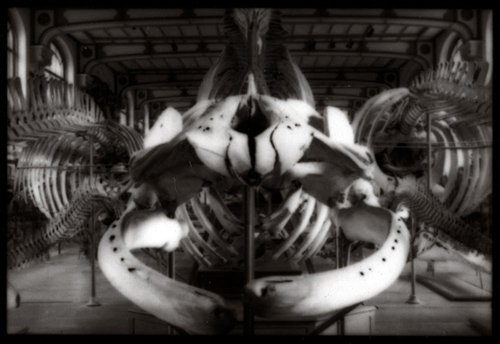
Ghosts of the deep
